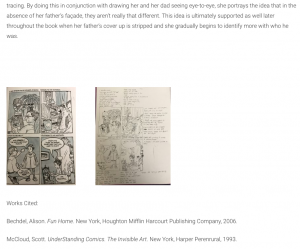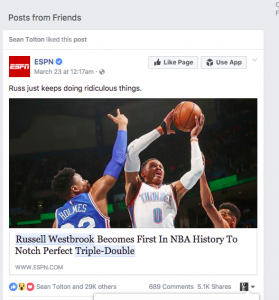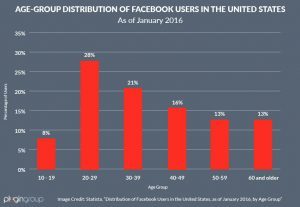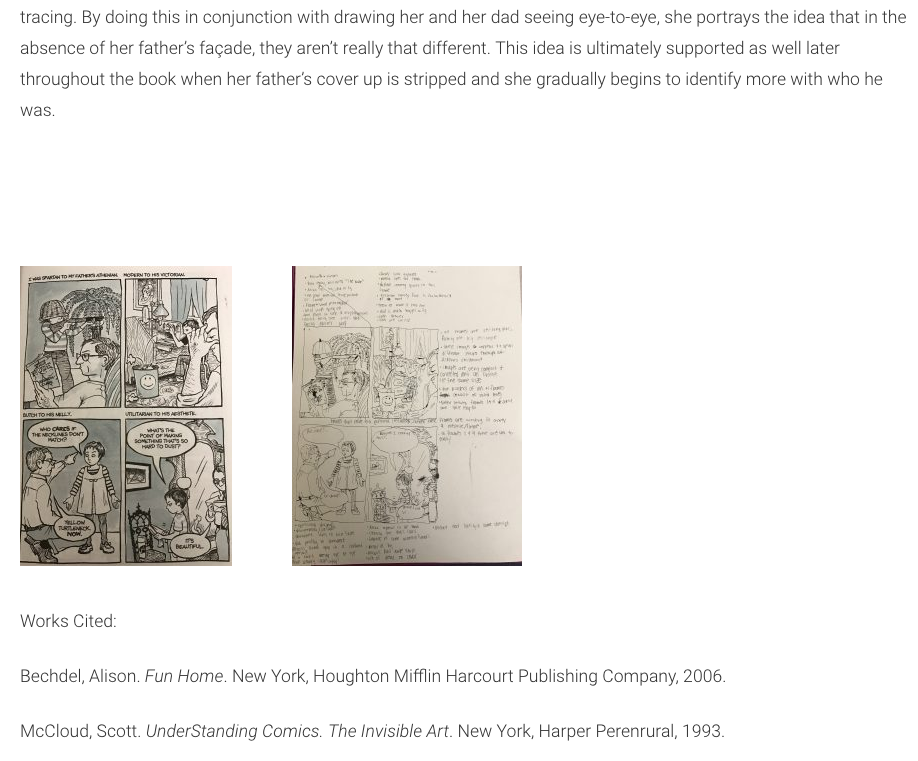A Semester in Review: Learning to Be a More Convincing Writer
This class has taught me so much about how to improve my writing skills. After writing many blog posts and implementing writing tips from Dr. Churchill, I learned how to be a more confident writer who can competently form a solid argument and back it up with convincing evidence. In addition, after reading all of my blog posts, I was not only impressed by my obvious display of improvement as a writer in my multimedia 2 post, but also highly intrigued by the subject matter I chose to write about. This post left the reader hanging with an interesting thought that I think could be developed into an interesting research paper.
The Tracing post was the first blog post our class did that needed to meet the post specifications. At this point in time, I didn’t know how to properly develop an argument by “sandwiching” my evidence between introductory material and analysis. As you can see in the pictures below, I merely put it at the end of my whole analysis of my thesis, almost as an afterthought.

Here is a picture of my analysis for the post(I know you can’t read it but for the purpose of this post you don’t need to). Following this huge chunk of analysis, I simply put the picture evidence at the very end of all of this just before the works cited (see below).

In essence, this was a rookie mistake. It was my first real post and I was not familiar with how to properly frame the evidence. However, after reading through all my blog posts, I was impressed to see how I learned to properly imbed this evidence in “sandwich style”. For example, in my multimedia 2 post, I demonstrated great competency in introducing my evidence first and then carrying out a proper analysis of it.
1.) I first introduced my evidence:
“Contrastingly, Facebook does not offer such features to give its users the same single communal feel. After typing ‘Russell Westbrook triple double’ into the search bar, I received varying options to click on. As you can see in the pictures below, you can either click on the sections titled videos, posts from friends, news, featured posts, photos, or public posts”(Carpenter).
2.)Then I gave the evidence:




3.) And finally I backed it up all up with analysis:
“Bombarded with these numerous sections to choose from, users will be lead to pick whatever sections catch their attention first. Naturally, people will differ in their preferences of what sections they choose to explore and will be lead to diverge down different paths. Consequently, this divergence will lead to fragmented communities because of the varying exposure to different news sources…Overall, this forces the users to feel like passive observers who aren’t able to make a real contribution to this event”(Carpenter).
This multimedia post was one of the last analytical blog posts that we did for the semester. After seeing how I effectively sandwiched this evidence here in comparison to how I made no attempt to do so in the Tracing post, it is obvious that I was able to learn this skill by honing it through our many blog posts throughout the semester. Ultimately, by learning how to properly use this important writing tool, I was able to become a much more competent writer who is capable of forming a coherent and convincing argument.
On another note, this multimedia post that demonstrated my competency in presenting evidence also just so happened to be the post that was most intriguing to me. Of all my posts, this one ended most effectively by leaving the reader with some interesting data that could be explored more thoroughly in a research paper. As you can see below, the graph I used at the end of this post demonstrated how unpopular Facebook is among the youngest generation of social media users.

I used this graph to give readers a “so what” reason about why they should be interested in my argument. I was trying to convince them that Facebook fragmented communities, so I purposely used this graph to show them that in the future maybe social media groups won’t be as fragmented since Facebook’s popularity is declining. I thought this graph provided some very interesting data and if I had to write a formal essay related to this subject, I definitely would dive deeper into the statistics of social media popularity and how it has changed over time.
Works Cited:
Johnson, Nikki. “The Top 15 Most Popular Social-Media Sites in 2016.” plugingroup, 7 Nov. 2016. Accessed 12 Apr. 2017.
Carpenter, Alex. “Facebook vs. Instagram: The Effect of Differential Portrayals of Russell Westbrook’s Triple Double Record on Community.” , 13 Apr. 2017. Accessed 9 May 2017.
